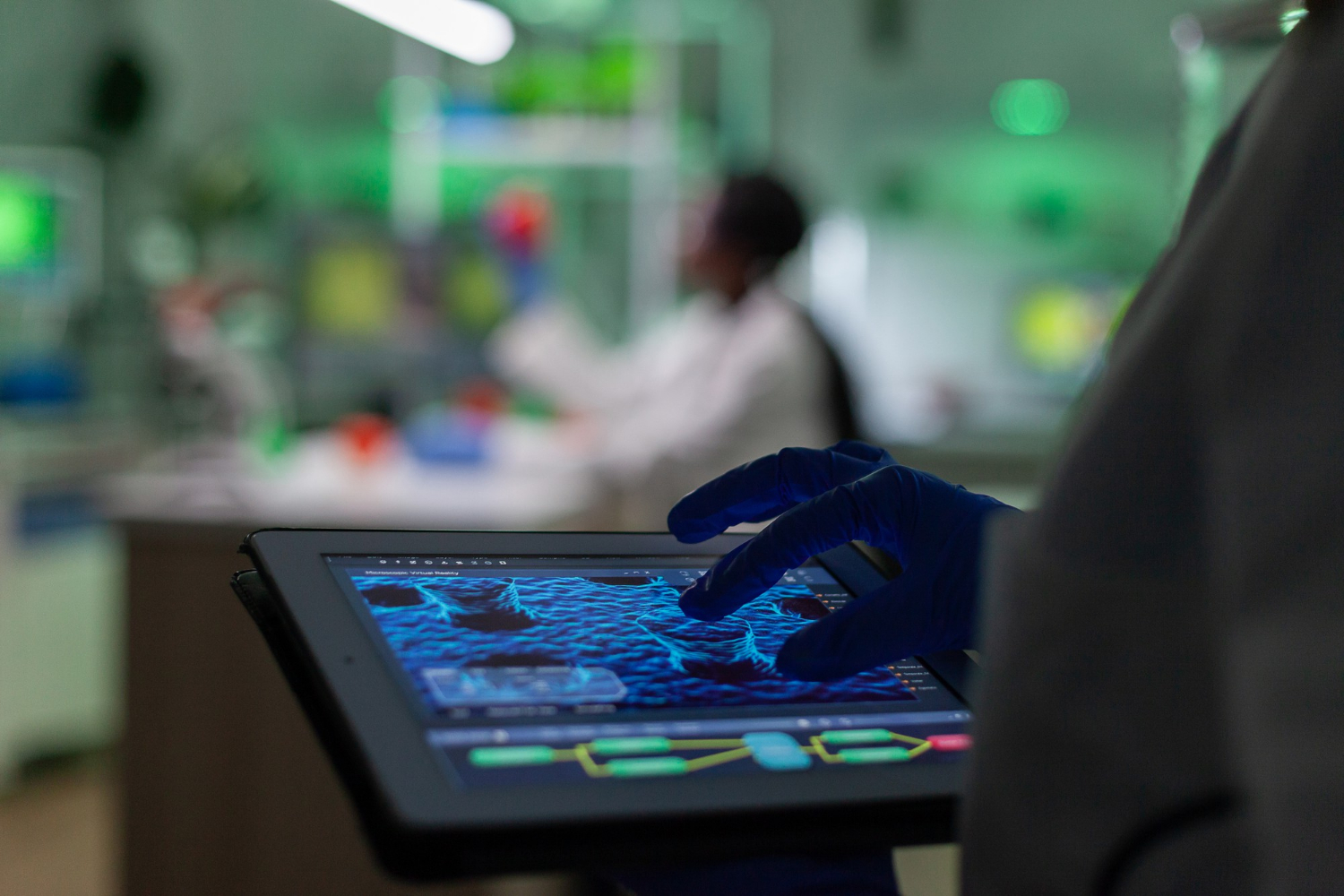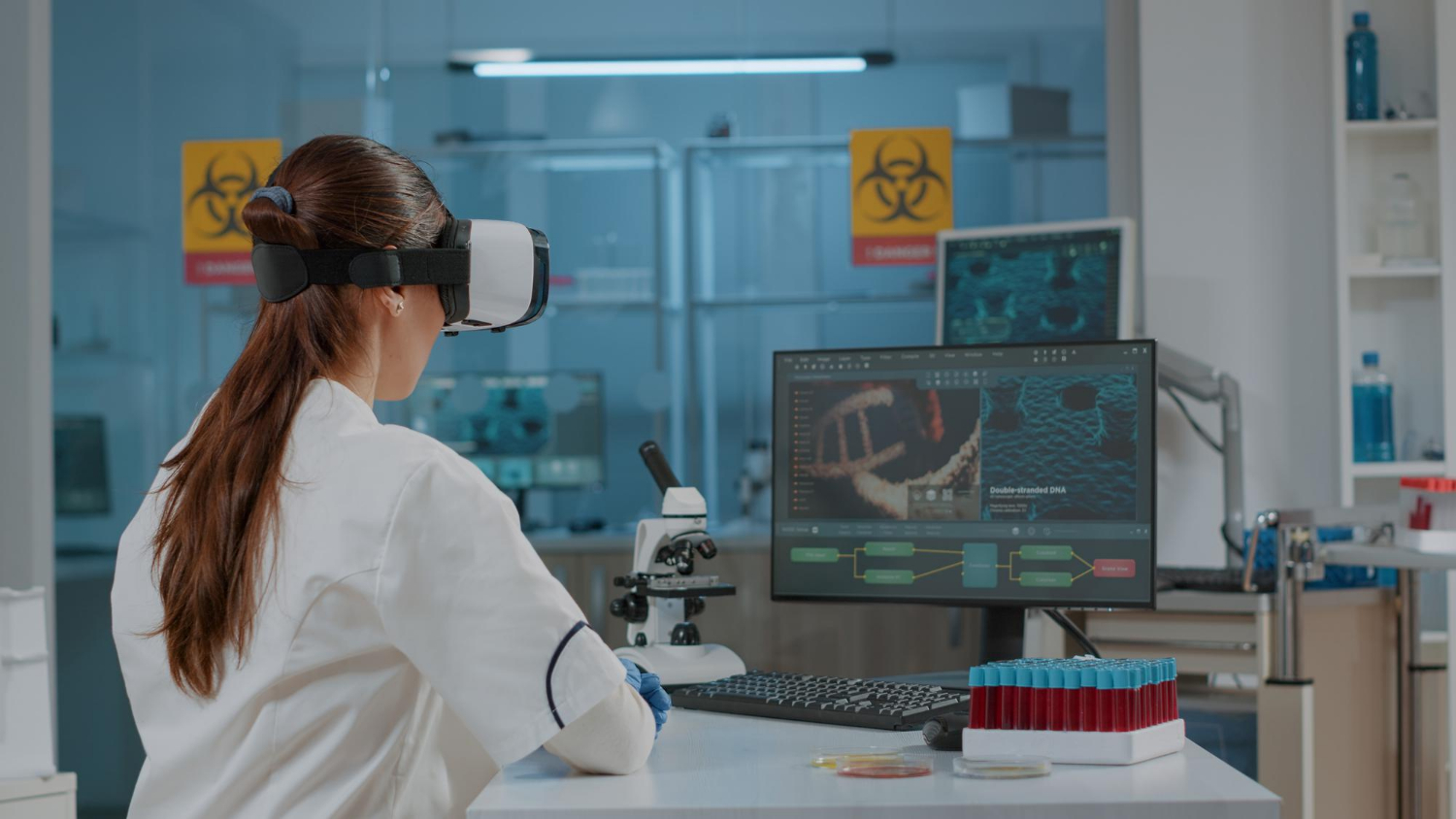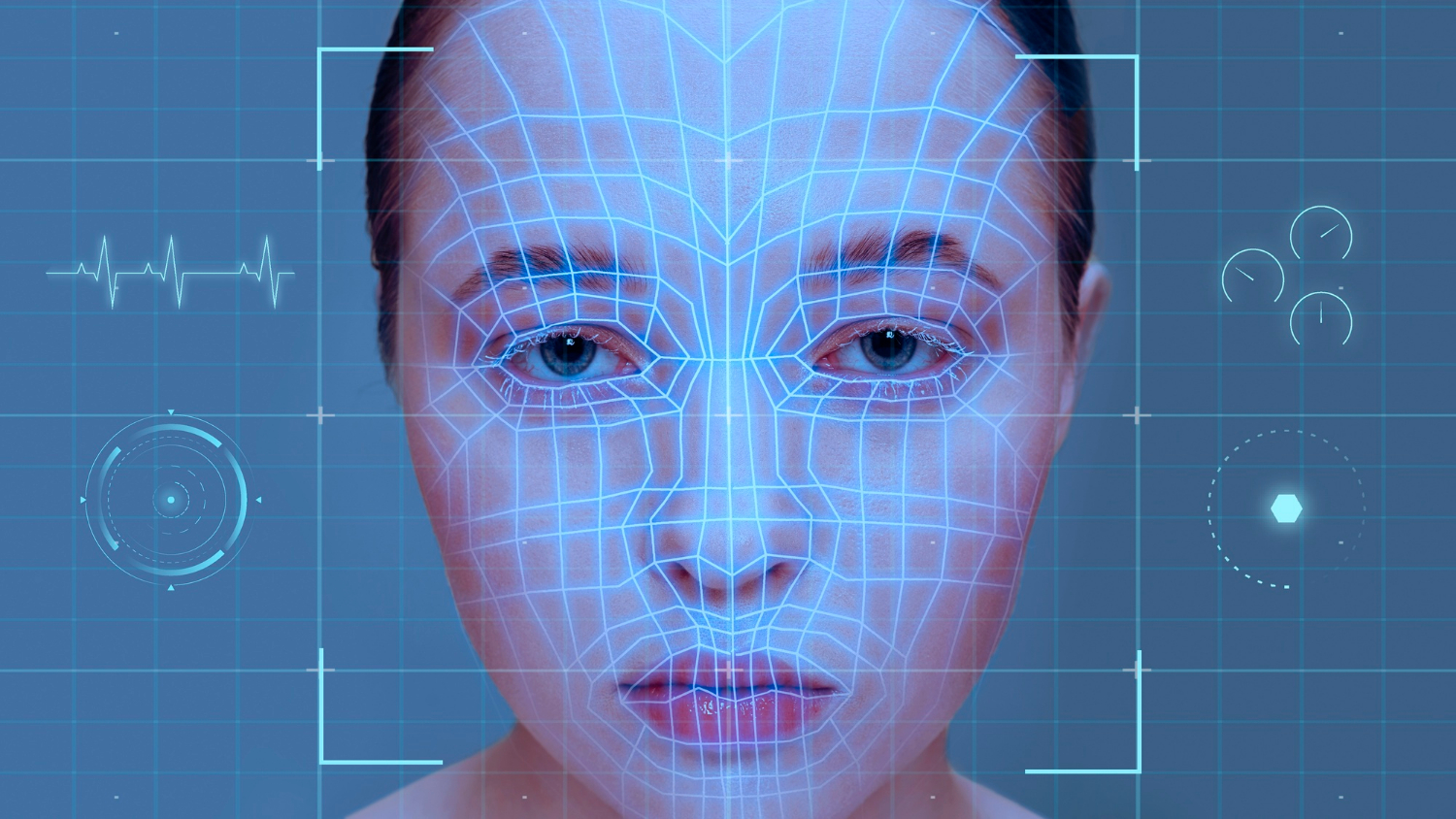Introduction
Biologics are changing how we treat disease. These biological drugs, made from living organisms, offer targeted therapies for conditions like rheumatoid arthritis and inflammatory bowel disease. Unlike small molecules, biologics interact with the immune system in complex ways. They can reduce inflammation, slow disease progression, and improve quality of life.
But developing biologics is difficult. The production process involves many steps, each with its own risks. A large number of variables must be controlled.
Delays are common. Bottlenecks in data analysis and visualisation slow down progress. These issues affect safety and efficacy, increase costs, and delay access to treatments.
Pharma teams need better tools to manage these challenges. Artificial Intelligence (AI) and visual computing offer a way to improve drug development and reduce bottlenecks.
Read more: Making Lab Methods Work: Q2(R2) and Q14 Explained
Understanding Biologics and Their Impact
Biologics are different from traditional drugs. They are made using living cells, not chemical synthesis. This makes them more sensitive to changes in temperature, pH, and other conditions. The production process must be tightly controlled to ensure consistency.
These drugs target specific parts of the immune system. For example, disease modifying antirheumatic drugs (DMARDs) used in rheumatoid arthritis help reduce inflammation and prevent joint damage. Inflammatory bowel disease treatments work by calming immune responses in the gut.
Biologics can cause side effects, especially if the immune system reacts strongly. That’s why safety and efficacy must be tested carefully. Clinical trials are essential. They help determine if a drug is safe and effective before it reaches patients.
The United States Food and Drug Administration (FDA) and other regulators require detailed data. A drug application (NDA) must include results from trials, production details, and safety information. This process takes time. Any delay can affect approval and access.
Read more: Image Analysis in Biotechnology: Uses and Benefits
Where Bottlenecks Occur
Drug development involves many stages. From early research to clinical trials, each step generates data. Teams must analyse this data to make decisions.
But visualising complex biological processes takes time. Simulations can run for days. Rendering results adds more delay.
Identifying bottlenecks is key. These slow points affect the entire timeline. If teams wait too long for results, they miss chances to adjust experiments or fix problems.
In biologics, timing matters. A missed signal can lead to batch failure or poor trial outcomes.
Gene therapy adds more complexity. These treatments use genetic material to correct or replace faulty genes. The process is delicate.
Monitoring cell behaviour and gene expression requires advanced tools. Bottlenecks in visualisation can lead to missed risks.
Read more: Biotechnology Solutions for Climate Change Challenges
How AI and Visual Computing Help
AI can process large datasets quickly. It finds patterns, predicts outcomes, and flags anomalies. Visual computing turns this data into images and models.
Teams see what’s happening in real time. They don’t wait days for results.
This helps reduce bottlenecks. Decisions are faster. Adjustments happen sooner. Risks are spotted early. The production process becomes more efficient.
In clinical trials, AI can track patient responses and side effects. It helps identify trends and supports safety checks. Visual tools show how drugs interact with cells and tissues. This improves understanding and supports better trial design.
AI also supports drug application preparation. It organises data, checks for gaps, and helps teams meet regulatory requirements. This speeds up submission to the states food and drug authorities.
Read more: Vision Analytics Driving Safer Cell and Gene Therapy
Improving Safety and Efficacy
Safety and efficacy are the foundation of drug approval. Regulators want proof that a drug works and doesn’t cause harm. AI helps by analysing trial data and spotting issues early. Visual computing shows how drugs behave in the body.
This supports better decision-making. Teams can stop trials if risks appear. They can adjust doses or switch strategies. This protects patients and improves outcomes.
In gene therapy, AI tracks how cells respond to treatment. It helps predict long-term effects and supports safety checks. Visual tools show how genes are expressed and how cells change. This helps teams understand what works and what doesn’t.
Short-Term Gains and Long-Term Value
Using AI and visual computing brings short-term benefits. Teams work faster. Bottlenecks are reduced. Trials run more smoothly. But the long-term value is even greater.
Better data means better drugs. Fewer delays mean faster access. Patients benefit from treatments that are safe and effective. Companies save money and reduce risk.
Biologics are complex. But with the right tools, they can be developed more efficiently. AI and visual computing support every stage—from research to approval.
Read more: Barcodes in Pharma: From DSCSA to FMD in Practice
How TechnoLynx Supports Biologics Development
TechnoLynx provides AI-based visualisation solutions for pharma teams. Our systems process large datasets in real time. They help identify bottlenecks, improve decision-making, and support safe drug development.
We work with biologics, gene therapy, and other advanced treatments. Our solutions integrate with existing workflows. They are easy to use and designed for regulated environments.
We help teams reduce delays, improve safety, and meet regulatory standards. Our goal is to support smarter drug development and better patient outcomes.
Conclusion
Biologics offer new hope for many diseases. But developing them is hard. Bottlenecks in data analysis and visualisation slow progress. AI and visual computing help reduce these delays and improve outcomes.
From rheumatoid arthritis to gene therapy, biologics require careful control. The production process must be precise. Clinical trials must show safety and efficacy. Regulators need clear data.
AI supports every stage. It helps teams work faster, spot risks, and make better decisions. Visual computing turns data into insight. Together, they support smarter drug development.
TechnoLynx offers solutions to make this possible. We help pharma teams reduce bottlenecks and deliver safe and effective treatments. Biologics without bottlenecks—that’s our mission.
Read more: Pharma’s EU AI Act Playbook: GxP‑Ready Steps
References
-
European Medicines Agency. (2022). Guideline on the development, production, and quality control of biological medicinal products. EMA.
-
Food and Drug Administration. (2023). New Drug Application (NDA) Process. United States Food and Drug Administration.
-
Whyte, W. (2010). Cleanroom Technology: Fundamentals of Design, Testing and Operation. Wiley.
-
Image credits: Freepik













